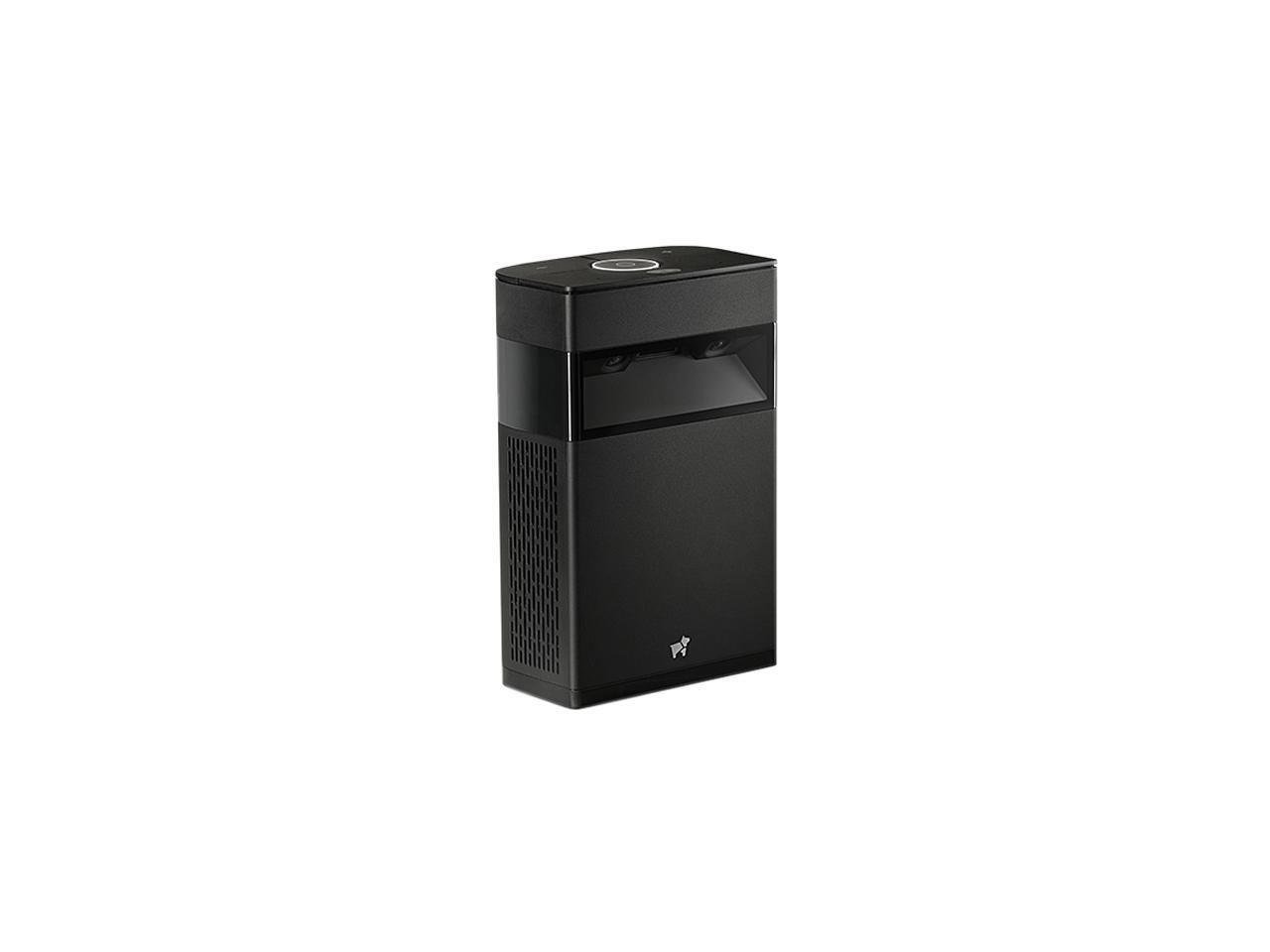

The Hachi Infinite M1 Pro offers a neat introduction to the otherwise rather complicated world of bring-your-own-display.

The ability to rotate it up or down or sideways would be useful. Last but not least, the camera serves a purpose in (vertical) projector mode but we fail to see its use elsewhere. Note that the native resolution of the M1 Pro is only HD/720p (1280 x 720 pixels) it uses the ubiquitous TI DLP technology with a rated brightness of 600 ANSI Lumens (measured centrally) and a 600:1 contrast ratio. You can use it for video conferencing (opens in new tab), as a business projector (opens in new tab), for educational purposes, for a presentation or as a large format display (opens in new tab) thanks to its native support for Miracast and AirPlay. Surprisingly, there’s also a 5000mAh battery, enough to power the device for up to 2.5 hours, a feature that highlights the device’s versatility. The manufacturer also crammed a 5-megapixel camera, Wi-Fi 5 connectivity, Bluetooth 5.0, a pair of 5W speakers and two microphones. Hachi used a Qualcomm Snapdragon 670, the same octa-core SoC used in the Google Pixel 3a (opens in new tab), and paired it with 6GB of RAM and 128GB onboard storage (sadly eMMC, rather than the faster UFS type).

The set of components inside the M1 Pro is actually quite powerful compared to the drivel that many projector vendors bundle with their products. The remote doesn’t provide a clear indication as to when the built-in battery will run out and while the Infinite M1 Pro does come with a dedicated power supply unit, it doesn’t come with a compatible micro USB cable (or a charger) to charge the remote. Not being able to swap batteries around may well be an issue if you don’t have a compatible cable at hand. Instead, you have to recharge it using a micro USB port. The bundled remote control has a premium feel to it and doesn’t come with removable batteries.


 0 kommentar(er)
0 kommentar(er)
